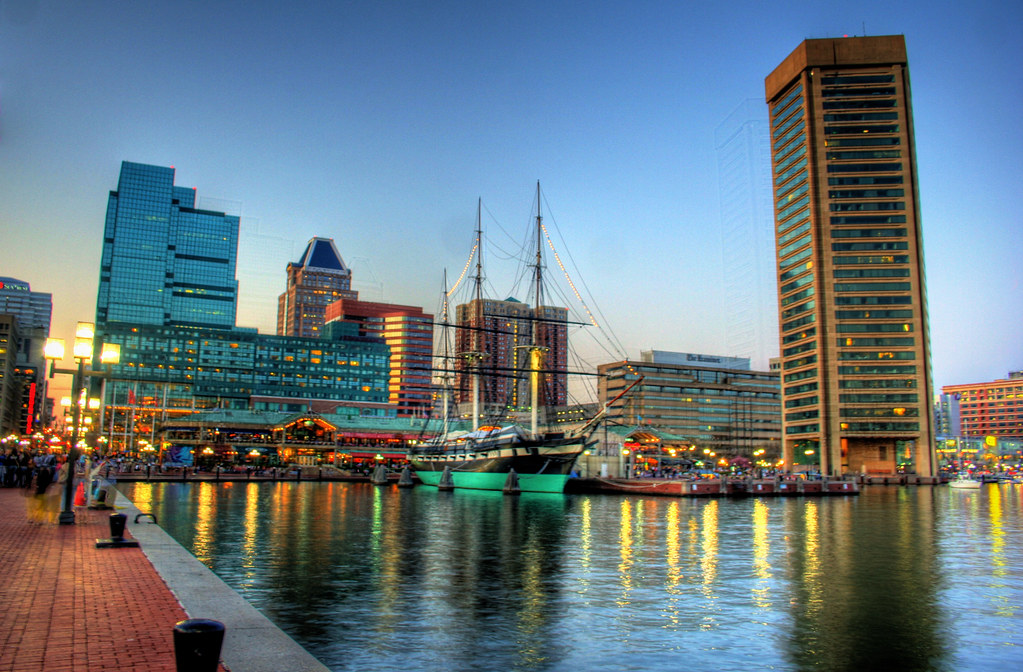
New Mexico’s Doña Ana County is facing a number of challenges as it plans for the future. Compared to the rest of New Mexico, the county has a younger population, higher poverty rate, larger Hispanic population and higher combined transportation and housing costs. Now, Doña Anna County is implementing a new plan to address these challenges, made possible through a grant from the Partnership for Sustainable Communities. The project is called Camino Real: Regional Plan for Sustainable Development, and it will address the county’s long-term growth trends, capacity of infrastructure, and the ability of the county to serve its residents.
In 2012, the region adopted One Valley, One Vision 2040, the first ever comprehensive plan encompassing Doña Ana County, the City of Las Cruces and other municipalities within the county. However, this plan dates back to 1995 and did not anticipate factors including a nearly 25% growth in population and major investments in multi-modal rail in surrounding areas. In order for Doña Ana County to realize it’s goals of sustainable growth over the next 25 years, a new comprehensive plan was needed in preparation.
Doña Ana County is expected to grow by nearly 90,000 residents by 2040 and nearly half of it’s current residents are under the age of 30. A future development plan will account for a range of housing choices connected to regional transportation networks and consider ways to ensure mobility for an aging population, expanding rural transportation, providing low-cost and efficient transportation and better integration of transportation and land use.









